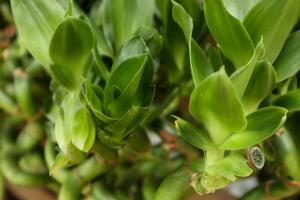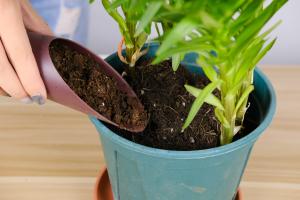How to Plant Bare Root Seedling Trees
Bare root seedling trees are small trees that are sold without soil around their roots. They are a popular choice for reforestation projects, landscaping, and restoration work due to their low cost and ease of transport. However, planting bare root seedling trees requires a bit of know-how. Here are the steps to plant bare root seedling trees successfully:
Step 1: Choose the Right Time to Plant
The best time to plant bare root seedling trees depends on your location and the weather conditions. It is generally recommended to plant seedlings in late fall or early spring, when the soil is moist and temperatures are cool. Planting in hot, dry weather can stress the trees and make them more vulnerable to disease and pests.
Step 2: Prepare the Planting Site
Choose a planting site that has well-drained soil and receives plenty of sunlight. Clear away any grass or weeds and till the soil to a depth of 12-18 inches. If the soil is compacted, mix in some organic matter such as compost or manure to improve its texture and fertility.
Step 3: Soak the Roots
Bare root seedling trees should be soaked in water for at least an hour before planting to ensure that their roots are well hydrated. This will help the tree to establish itself more quickly and reduce the risk of transplant shock.
Step 4: Plant the Seedlings
Dig a hole that is deep enough to accommodate the length of the roots, and wide enough to allow them to spread out comfortably. Gently spread out the roots and carefully backfill the hole with soil, making sure that there are no air pockets around the roots. Water the tree thoroughly to settle the soil and remove any air pockets.
Step 5: Mulch and Water
Add a layer of organic mulch around the base of the tree to help conserve moisture and suppress weeds. Water the tree regularly, keeping the soil moist but not waterlogged. Avoid fertilizing the tree until it has been established for at least one year.
Step 6: Protect and Care for the Seedlings
Protect the seedlings from any potential predators such as deer, rodents, or other animals that may be attracted to the tree. You can use tree guards or fencing to protect the young trees. In addition, regularly inspect the trees for signs of disease or pests, and promptly address any issues that arise.
By following these steps, you can successfully plant bare root seedling trees and help to restore and enhance your local environment.

 how many times do yo...
how many times do yo... how many planted tre...
how many planted tre... how many pine trees ...
how many pine trees ... how many pecan trees...
how many pecan trees... how many plants comp...
how many plants comp... how many plants can ...
how many plants can ... how many plants and ...
how many plants and ... how many pepper plan...
how many pepper plan...































